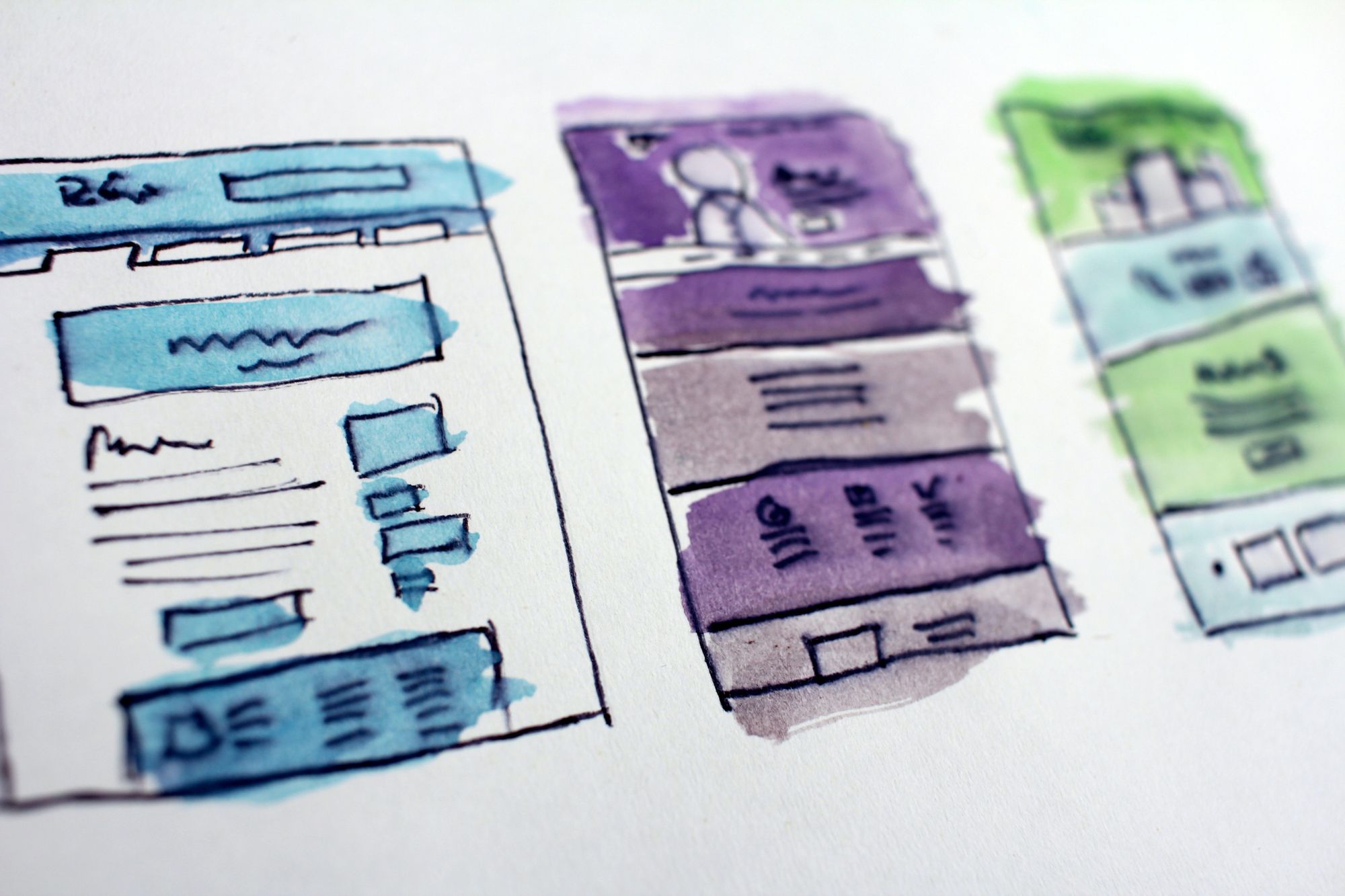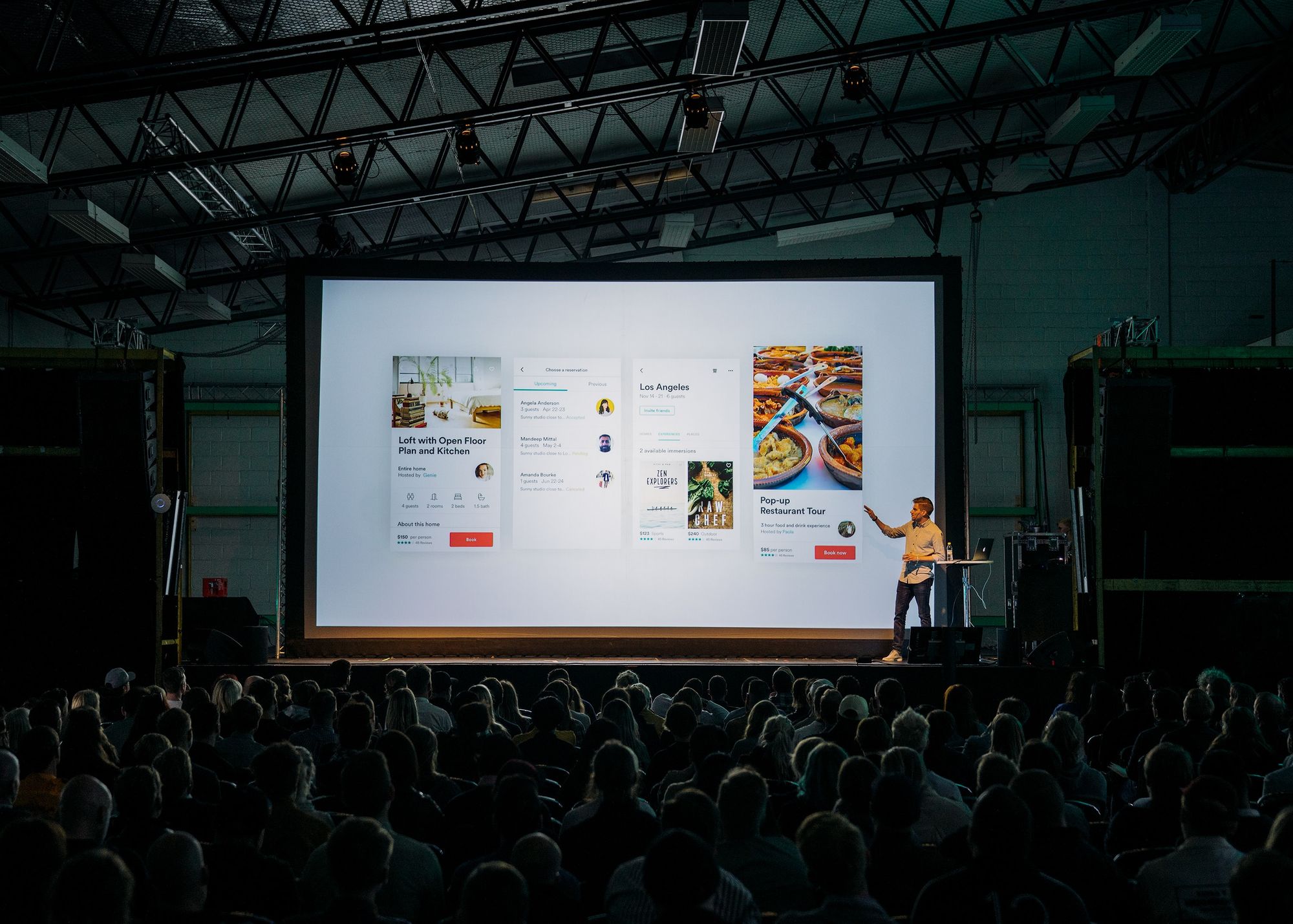A case study is a testimonial outlining your customers’ success with using your product, explaining how your product’s key features led to benefits for your customer such as productivity and through increases and time and cost savings. Case studies often serve as your products’ calling card, highlighting how a customer successfully used your product.
What makes a good case study?
A good case study can usually be broken down into the following elements:
- Challenge: Your customers’ challenges before using your product
- Solution: How your product solves these challenges
- Benefits: Key performance indicators highlighting the benefits your customer received from using your products. KPIs include:
- % increased productivity
- X in cost-savings
- Y amount of time saved doing Z task
- B times increase in throughput
- Products used: Which of your products did your customers use to experience this success? Which features benefited them the most?
Case study formats (i.e. written/video/third-party review site, etc.)
Case studies usually come in a variety of formats such as written documents, third-party reviews either on your product page or a third-party site, videos, or even a customer presentation on your product at a live event.
Here’s the breakdown of each type of case study:
Case study white paper or blog post

Case study white papers are usually written documents that provide a full overview of how your customers succeeded with your products.
These documents usually detail everything from your customers’ decision to use your products versus the competition, their implementation, their day-to-day, and key performance indicators.
Usually, case study white papers are great for your sales team to use as leave-behind collateral.
Video

A video case study is a great way to highlight your customers using your product in addition to discussing their success with your product.
Typically, the best videos blend an organic customer interview with shots of your customers using your products in their environment. The best length to target for these is about 3 to 5 minutes at most.
Third-party websites

Third-party sites such as G2 Crowd and TrustRadius are also great sources for customer testimonials. Customers tend to be candid on these sites and, in addition to getting great customer quotes which you can repurpose on your website, you can also get valuable product feature requests and ideas, or information on what’s not working so well with your product.
Presentations at live events

Customer presentations highlighting your products and your customers’ success with your products also case studies.
If your customer is willing to go on stage at your event or a relevant industry event and discuss how they’ve used your products and how they’ve been helpful, that’s probably one of the best testimonials you can get, especially with other prospects in the room. Your customers become instant lead magnets and can attract new users to your company through their presentation.
To help your customers be successful with advocating for your products, arm them with tools that they can leverage if they need or offer to support them during their presentations!
Customer advocates

The same customers who are willing to go on stage and present about your products on your behalf are also great customer advocates for your Sales team to use to help your company sell your products.
As part of the sales process, you can provide your salespeople with a list of customers who are willing to connect with curious prospects. Hearing an opinion for an existing customer can help convert a prospect to a customer.
Case study examples
Companies often use case studies on their website to demonstrate how their products have helped a previous customer. Here is a selection of some of the examples out there:
Boston-based company Drift specializes in helping their customers generate qualified leads, using chatbots and conversations within their website.
When software company Zenefits encountered huge marketing growth, the large amount of traffic being diverted to the company’s website resulted in problems such as inefficiencies in the SDR channel, lack of buyer centricity, and prospective customers slipping through the net.
Drift provided a solution for the Zenefits, by introducing buyer-centric conversations, as well as time-saving automation. The company not only optimized the SDR channel, but put contingencies in place to provide Zenefits’ customers with access to around the clock support.
As a result, the customer experience improved, the win-rate increased, while the overall efficiency of the SDR channel was improved, and Drift did a great example of bringing all this fore with their case study page by:
Pulling out key stats:
Including clear quotes from satisfied customers:
Japanese consumer electronics and commercial electronics manufacturing giants Casio needed to find a way to enhance the efficiency and effectiveness of inbound marketing efforts at the organization, as well as the communication between sales and marketing, to protect coveted leads.
In search of a solution, Casio turned to the HubSpot growth stack, which combines Marketing, CRM, and Sales software to support its clientele.
The decision to invest their faith in HubSpot has paid dividends, as highlighted on the case study page on the HubSpot site.
Performance statistics:
Like Drift, HubSpot have structured their case study in a way which draws the focus to the impressive results Casio has achieved since they received their support.
SolidWorks is a solid modeling computer-aided design and computer-aided engineering computer program.
The company was tasked with taking the development of humanoid robotics to a new level, with the design and creation of engaging, fun, and non-intimidating robots.
As part of the solution, the company combined several features, including SOLIDWORKS Premium design, SOLIDWORKS Simulation Premium analysis, SOLIDWORKS Plastics injection molding analysis, and SOLIDWORKS Enterprise PDM product data management software.
This helped form robots with human-like traits and movements - a significant development in treatment for people living with autism, with the case study page highlighting successes by including the likes of:
Positive quotes from key stakeholders:
Where to find your case studies
The best way to find a good case study is by asking your Sales, Customer Success, Support, and/or Product teams to source vocal, happy users. Case study customers are usually the ones that are happy with your products, constantly jumping at the opportunity to advocate for your products to their friends and colleagues, and ones who are willing to jump on the phone and be a sounding board for your team. Typically, these users provide a 4 or 5-star rating on third-party platforms like G2 Crowd, TrustRadius, Apple App Store, etc.
The best way to find these folks is to keep your ears to the ground by monitoring third-party review sites, listen closely to when your product managers or customer success folks rave about a particular customer, and look out for the users who are chomping at the bit to talk about you. You can also use Google alerts to source instances when your product name comes up online, you may find that a blogger online is a good testimonial customer.
Social media can also be a great resource for prospective case study candidates, especially if you’re finding that specific followers jump at the opportunity to share a screenshot of what they’re doing in your products or offer advice to other followers.
How to get your customers to agree
When you’ve found a great case study candidate for a video or a live presentation, you want to get a story from them as quickly as possible. However, some candidates and companies may be camera shy or may hesitate to go on record with their testimonial.
One way to sway your prospects is by presenting a case study as an opportunity for your customers to showcase themselves as leading industry heroes for taking a fateful leap and using your products.
Case studies are also a great way to highlight the interviewee and provide them with an opportunity to build their resume by saying they were featured in a case study. Additionally, you can offer to link back to their company site to provide them some SEO juice. Or, better yet, a coffee or a $25 gift card in return for a case study tends to go a long way!
Example questions
Which problems were you looking to solve when you went out searching for our product?
- What made you choose our product over other solutions? What other solutions were you considering?
- What is your favorite part about using our product?
- What was your experience implementing our product?
- Which benefits have you seen from implementing our product? Any time-savings, productivity gains, etc?
- What are you able to do with our product that you weren’t able to do before?
One case study tip
Case studies can be a great source for product feature requests, customer feedback, and enhancement requests. When you interview your customers for a story, pay close attention to any side remarks they may make, some of these could potentially serve as good feedback for your product teams. You can also sprinkle in some customer research questions as well throughout the interview to surface some of that juicy feedback.



